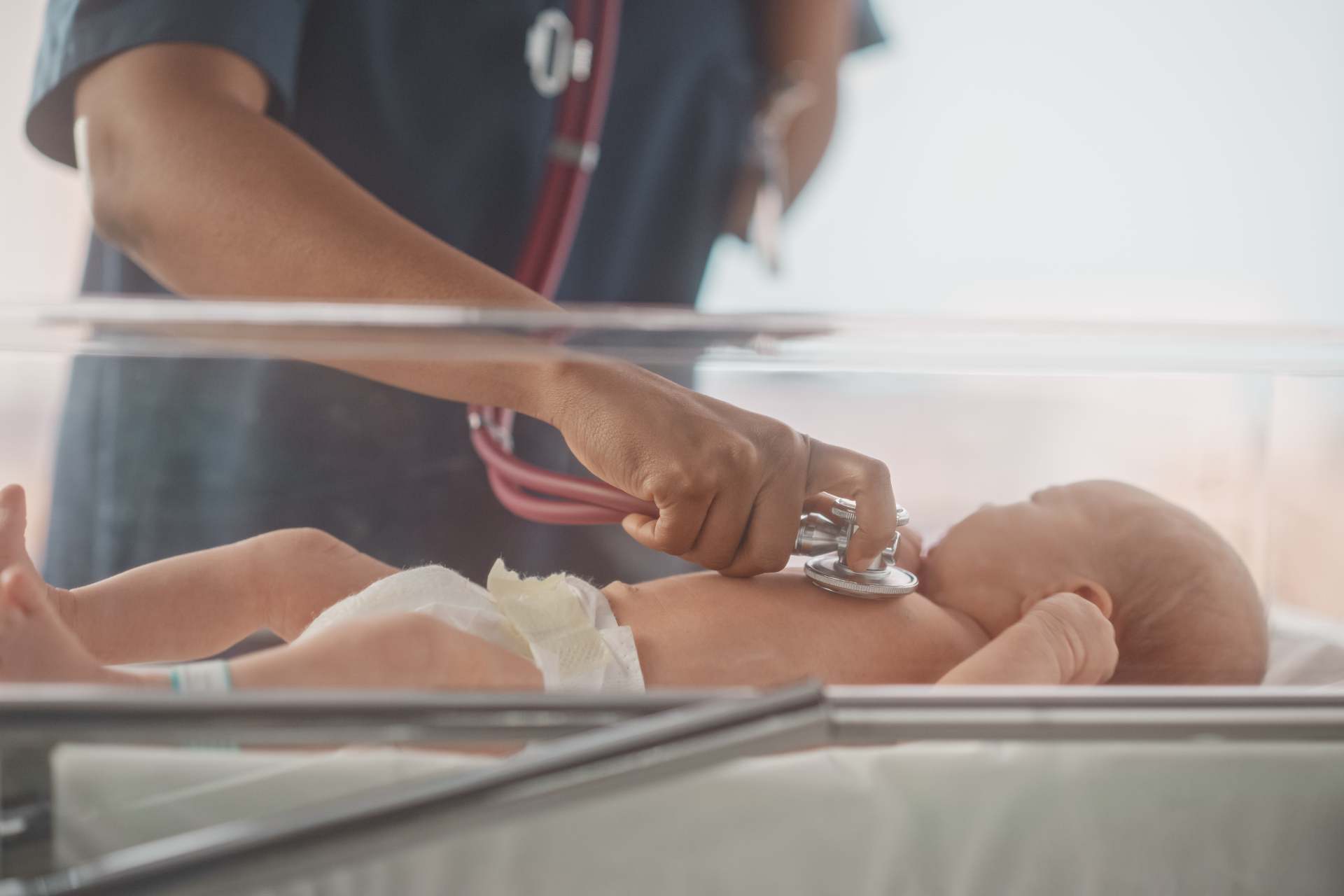What is already known
Preterm babies are particularly susceptible to life-threatening infections with opportunistic pathogens such as Staphylococcus and Enterococcaceae. Previous work has shown that these bacteria tend to colonize the gut microbiotas of preterm infants, but little is known about the factors that are associated with the overall microbiota diversity as well as specific species abundance.
What this research adds
Researchers analyzed 550 previously sequenced stool samples from 115 hospitalized newborns and found a link between the use of certain antibiotics and the amount of opportunistic Enterobacteriaceae and Enterococcaceae bacteria in the infants’ guts. An analysis of 462 fecal samples from another group of 19 preterm infants with bacterial bloodstream infections yielded similar results: infants with Enterobacteriaceae blood infections were more likely to have received certain antibiotics in the previous 10 days.
Conclusions
The findings may help to develop diagnostic or therapeutic approaches to reduce bacterial bloodstream infections in newborns.
Preterm infants are particularly susceptible to life-threatening bacterial bloodstream infections. Now, researchers have found that treating preemies with antibiotics can disrupt their gut microbiotas in ways that increase the infants’ risk of infections by opportunistic bacteria.
The findings, published in Science Translational Medicine, may help to develop diagnostic or therapeutic approaches to reduce bacterial bloodstream infections in newborns.
Up to half of extremely premature babies develop bacterial bloodstream infections. Previous work has shown that opportunistic pathogens such as Staphylococcus and Enterococcaceae tend to colonize the gut microbiotas of preterm infants, but little is known about the factors that are associated with the overall microbiota diversity as well as specific species abundance.
To address this question, researchers led by Gautam Dantas at Washington University in St. Louis examined stool samples from nearly 1,000 newborns.
Disrupted microbiota
The researchers set out by analyzing 550 previously sequenced the stools of 115 hospitalized newborns who had received the antibiotics ampicillin, gentamicin or vancomycin in the 10 days before fecal sample collection.
Newborns treated with ampicillin or gentamicin had increased levels of Enterobacteriaceae and decreased abundance of Enterococcaceae compared with infants who didn’t receive neither of these two antibiotics. Instead, exposure to vancomycin or gentamicin was associated with higher levels of Enterococcaceae and lower levels of Enterobacteriaceae, the researchers found.
“These findings are consistent with at least two non-mutually exclusive hypotheses,” the authors say. “Abundance increases of these bacterial families may precede antibiotic delivery secondary to clinical changes prompting antibiotic administration. In addition, these organisms may be resistant to one of these frequently chosen antibiotics.”
Increased risk
To investigate factors associated with bacterial bloodstream infections and alterations in gut microbiota composition, the team collected and sequenced 462 stool samples from 37 healthy infants and a group of 19 preterm infants with bacterial bloodstream infections.
Infants with Enterobacteriaceae infections were more likely to have received the antibiotics ampicillin, gentamicin and vancomycin in the 10 days before they became sick, the researchers found. Disease-causing strains from Enterobacteriaceae and Enterococcaceae bacteria were detected in multiple infants, which suggests that these strains are transmitted within neonatal intensive care units.
“The gut microbiome and strain-resolved analyses presented here demonstrate clear risk factors for [bacterial bloodstream infections] caused by specific organisms,” the researchers say. “Infection prevention interventions can consider these methods to better predict and respond to infections in the [neonatal intensive care unit].”









